

|
#21
|
||||
|
||||
|
trains are definitely in, you can see them a lot in the trailers
 Also HOLY SHIIIIIIIIIIIT! 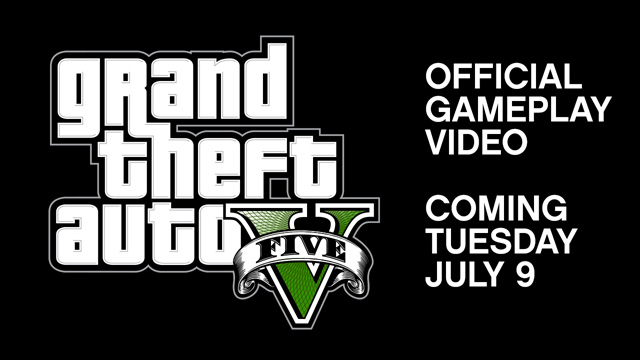 http://www.rockstargames.com/newswir...-tomorrow.html  |
|
#22
|
||||
|
||||
|
|
|
#23
|
||||
|
||||
|
Summary of a new interview :
Quote:
Last edited by melovelily; 07-10-2013 at 07:38 PM.. |
|
#24
|
||||
|
||||
|
Screenshots from Jeux Actu :
 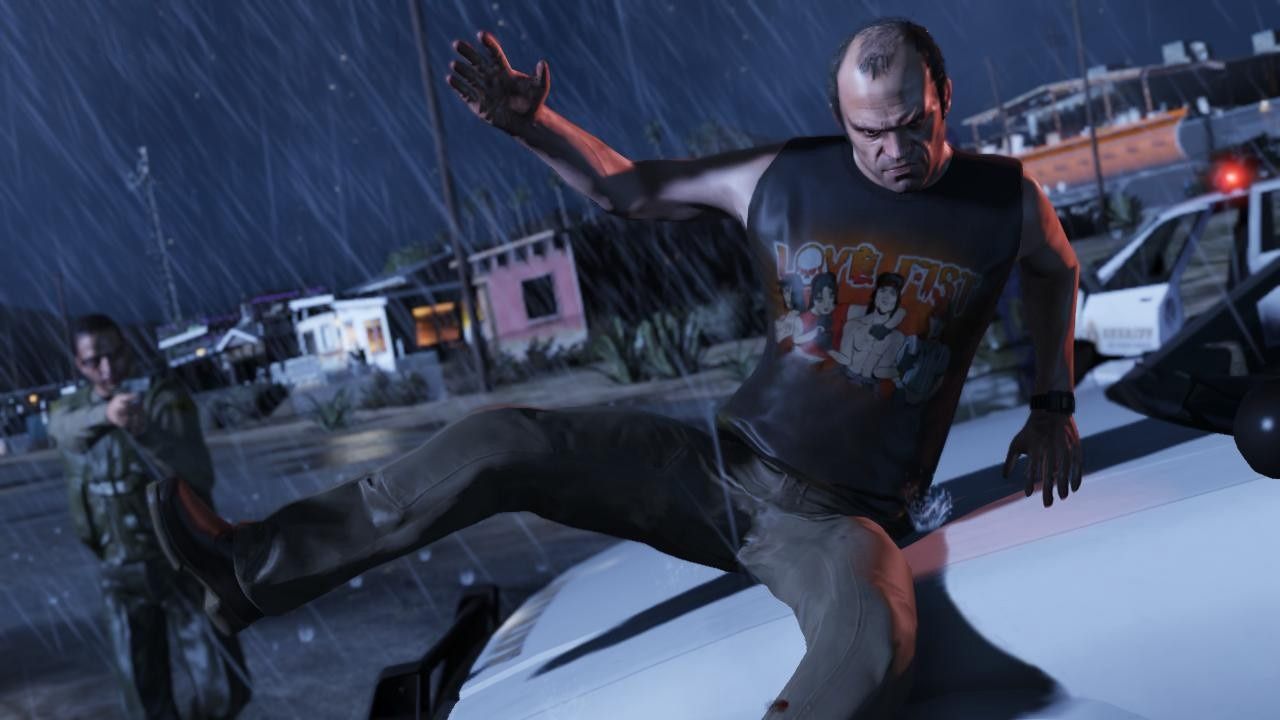 ^DAT love fist t-shirt  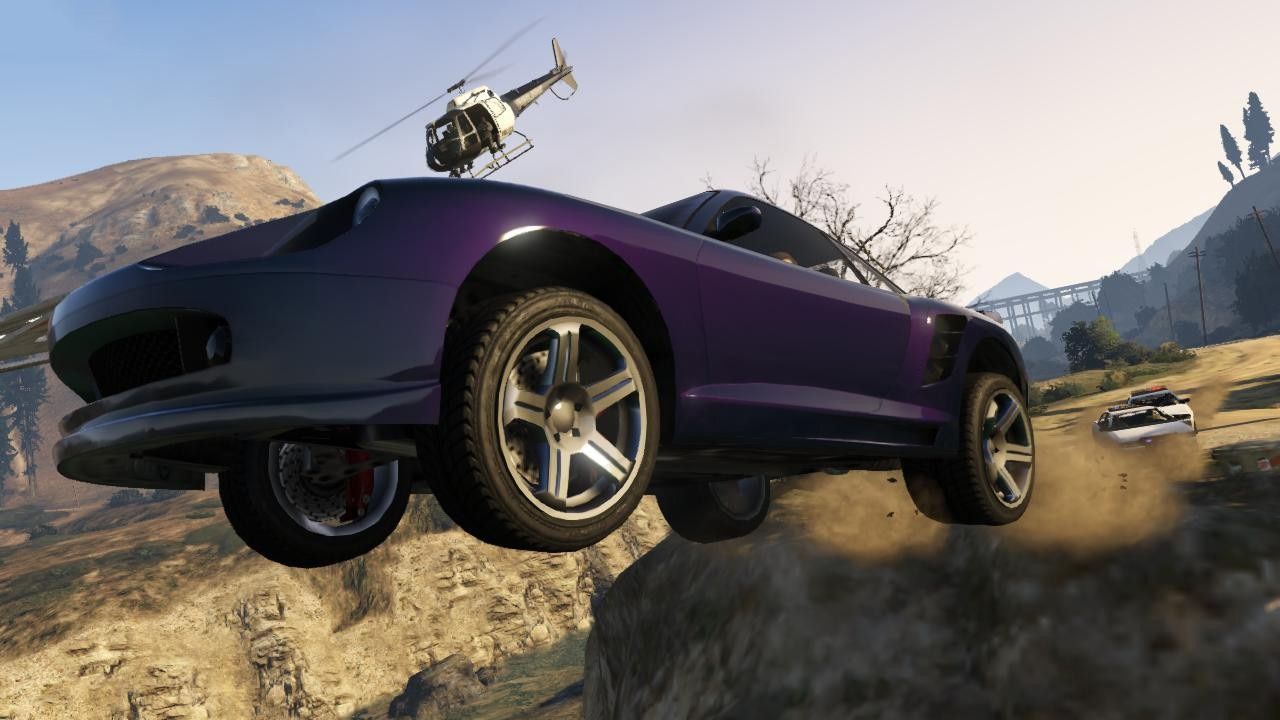  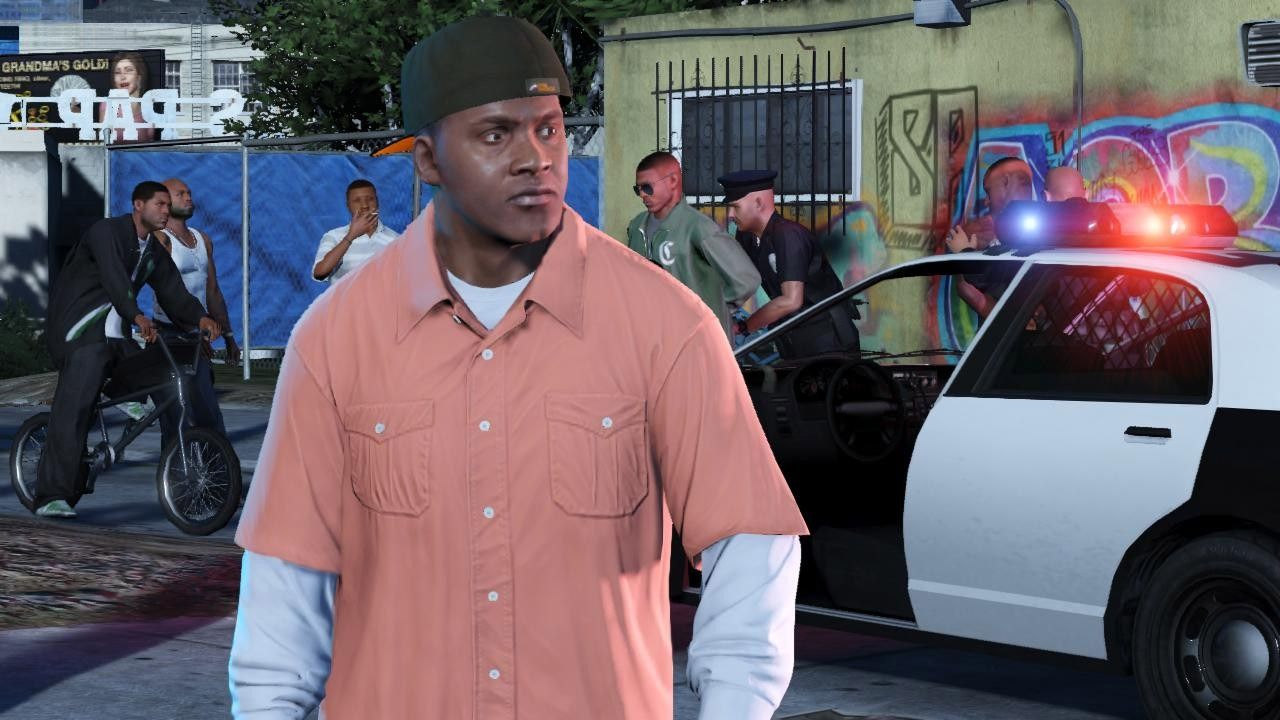 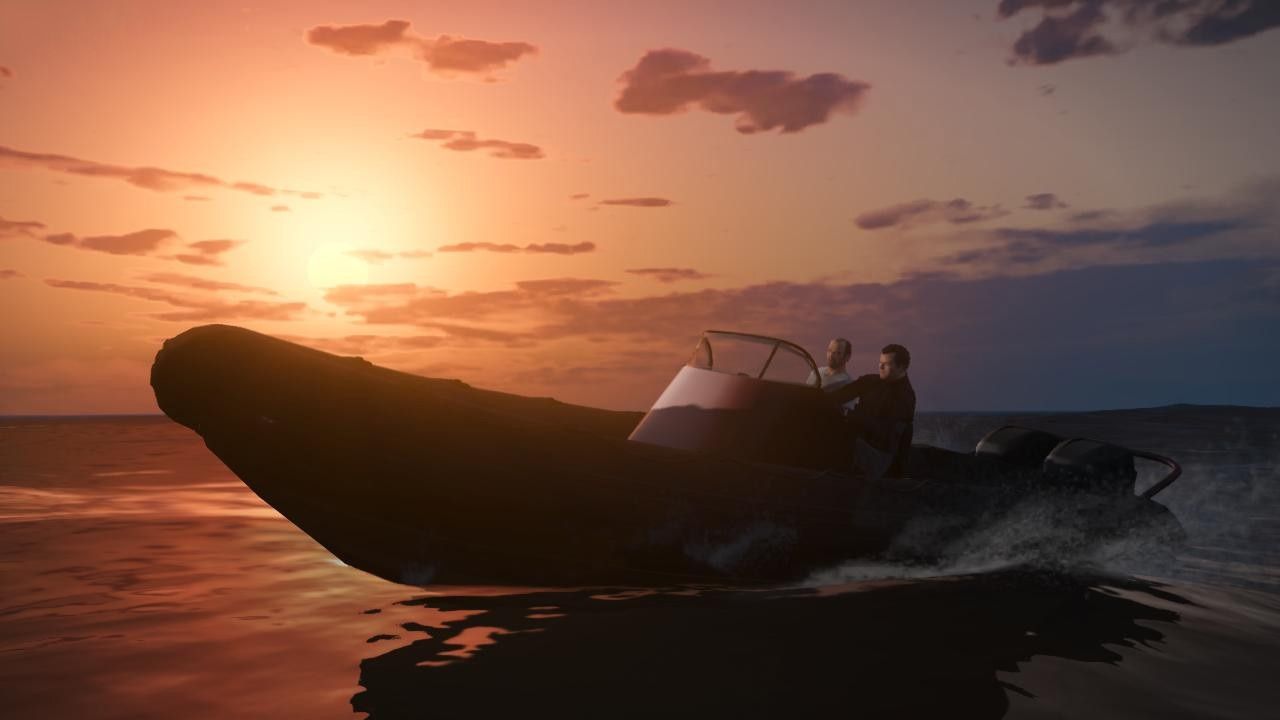 |
|
#25
|
||||
|
||||
|
Wow...
I'm seriously starting to doubt whether my ps3 will be able to handle all of that  |
|
#26
|
||||
|
||||
 |
|
#27
|
||||
|
||||
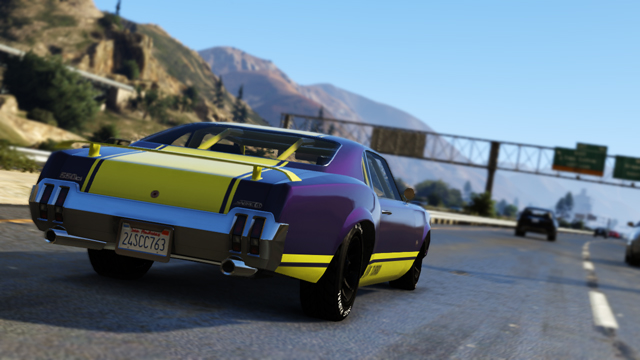 ^ Subre gt is always welcomed in my game  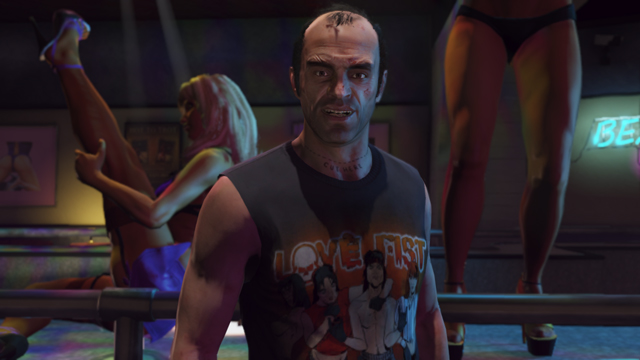 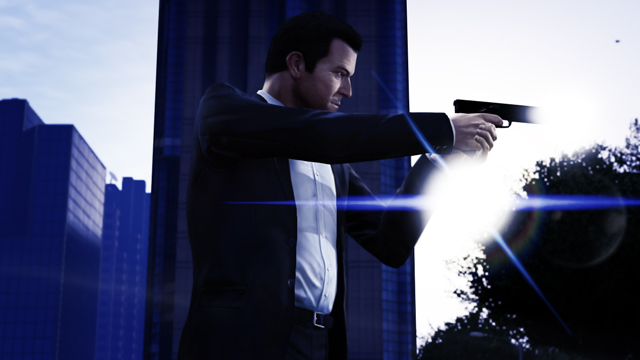 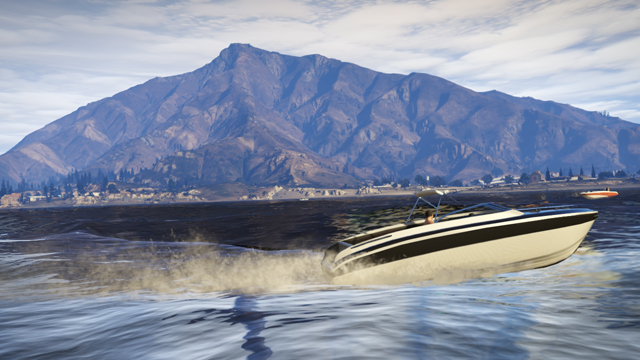 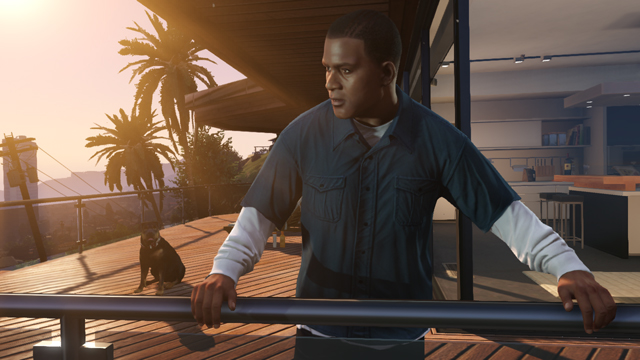 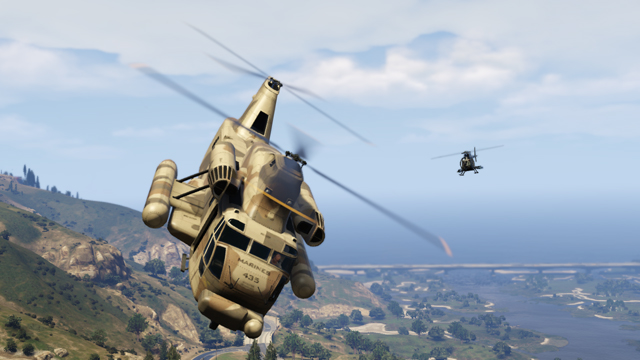 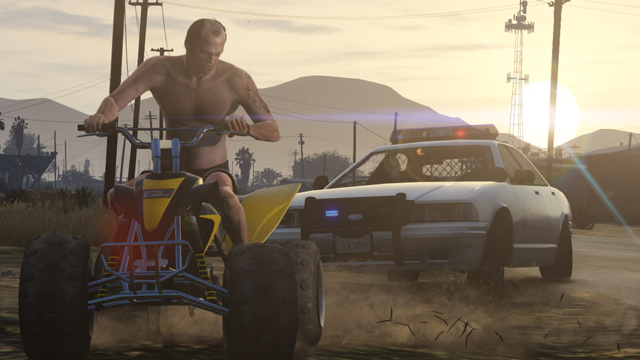  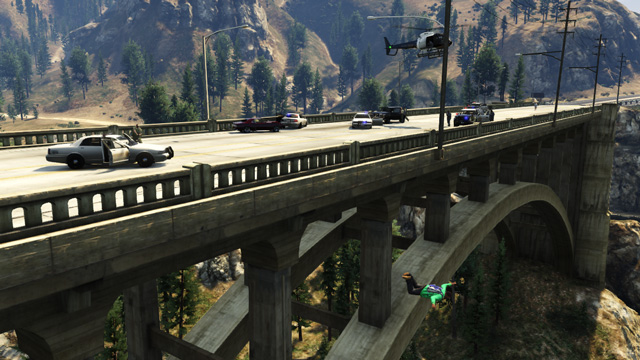 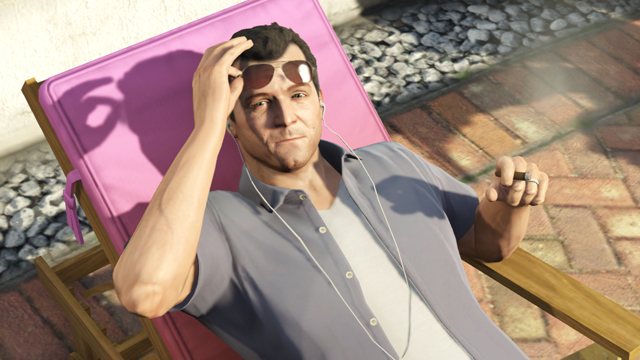 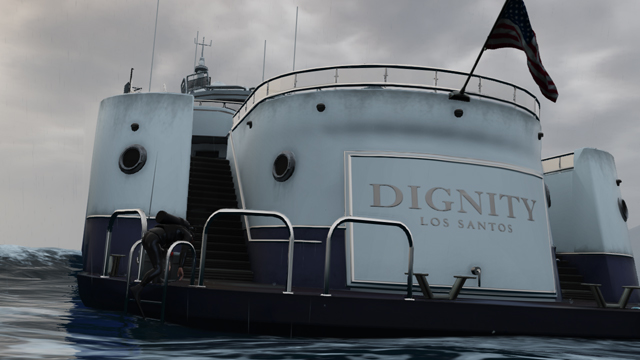 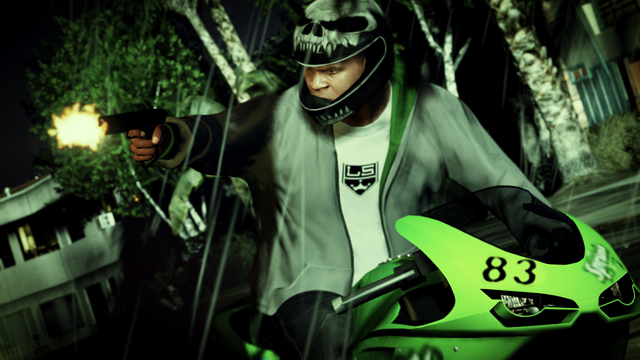 |
|
#28
|
||||
|
||||
|
:O
 |
|
#29
|
||||
|
||||
|
Holy poop
00 -| O ^ my face right now and here's why \/ BTW, all the freaking links are pictures too! ------------------------—---------------------------------               Franklin smoking weed (+Doctor): http://www.rockstargames.com/V/img/global/...hcare/zonah.jpg http://www.rockstargames.com/V/img/global/.../worldchamp.png http://www.rockstargames.com/V/img/en_us/h...are/patient.jpg http://www.rockstargames.com/V/img/global/...-healthcare.jpg Grove Street?!: http://i.imgur.com/lFdfHlbl.jpg https://fbcdn-sphotos-f-a.akamaihd.net/hpho...463393602_n.jpg http://puu.sh/413ZN.jpg Flyer: http://www.rockstargames.com/V/img/global/...activity/bg.jpg http://www.rockstargames.com/V/img/global/...e_county_bg.jpg Website Screens: http://www.rockstargames.com/V/de_de/scree...ot/846-1280.jpg http://www.rockstargames.com/V/de_de/scree...ot/848-1280.jpg http://www.rockstargames.com/V/de_de/scree...ot/845-1280.jpg http://www.rockstargames.com/V/de_de/scree...ot/840-1280.jpg http://www.rockstargames.com/V/de_de/scree...ot/847-1280.jpg http://www.rockstargames.com/V/de_de/scree...ot/808-1280.jpg http://www.rockstargames.com/V/de_de/scree...ot/844-1280.jpg http://www.rockstargames.com/V/de_de/scree...ot/842-1280.jpg http://www.rockstargames.com/V/de_de/scree...ot/843-1280.jpg http://www.rockstargames.com/V/de_de/scree...ot/841-1280.jpg http://www.rockstargames.com/V/de_de/scree...ot/804-1280.jpg http://www.rockstargames.com/V/de_de/scree...ot/860-1280.jpg Buzzfeed: http://s3-ec.buzzfed.com/static/enhanced/w...376404231-9.jpg http://s3-ec.buzzfed.com/static/enhanced/w...376404321-7.jpg http://s3-ec.buzzfed.com/static/enhanced/w...376404382-8.jpg http://s3-ec.buzzfed.com/static/enhanced/w...376404555-7.jpg http://s3-ec.buzzfed.com/static/enhanced/w...376404845-9.jpg Others: http://i.imgur.com/pdb7hbN.jpg http://i.imgur.com/fRoUqfr.jpg http://www.rockstargames.com/V/img/global/...stomization.jpg http://www.rockstargames.com/V/img/global/...ence-stores.jpg http://www.rockstargames.com/V/img/global/...tertainment.jpg http://www.rockstargames.com/V/img/global/...d-celebrity.jpg http://www.rockstargames.com/V/img/global/...al-artisans.jpg http://www.rockstargames.com/V/img/global/...ace-of-mind.jpg http://www.rockstargames.com/V/img/global/...and-wellnes.jpg http://www.rockstargames.com/V/img/global/...rd-mobility.jpg http://www.rockstargames.com/V/img/global/...omy/dynasty.jpg http://www.rockstargames.com/V/img/global/...ars/body-bg.jpg http://www.rockstargames.com/V/img/global/...sts/header1.jpg http://www.rockstargames.com/V/img/global/...and-glamour.jpg http://i.imgur.com/Pg1iyF5.png Car Showfloor GIFs made by deffpony: http://fc03.deviantart.net/fs70/f/2013/225...ony-d6hy9y9.gif http://fc02.deviantart.net/fs71/f/2013/225...ony-d6hy8xi.gif http://fc04.deviantart.net/fs71/f/2013/225...ony-d6hy9et.gif VIDEOS: __________________________________________________ _ __________________________________________________ _ "Way Beyond Anything We’ve Done Before": Building The World Of Grand Theft Auto V On September 17, gamers will finally get to explore Rockstar Games’ latest gargantuan open world. How the hell did a studio in Edinburgh build the most ambitious digital recreation of Southern California ever attempted? To find out, we asked Aaron Garbut, the man behind the look and feel of every modern Grand Theft Auto.  Aaron Garbut is the art director at Rockstar North, the Edinburgh studio that produces the Grand Theft Auto games. He’s held that title since the development of Grand Theft Auto 3, the 2001 game that made the series the most famous in gaming, set a new standard for virtual open worlds, and established Rockstar among the finest few companies in the industry. It is Garbut’s responsibility to oversee the creation of the unique look of each sprawling GTA setting — Liberty City, based on New York City; Vice City, based on Miami; and San Andreas, based on various places in California — and to ensure that the way the world looks jives with the way the game plays. In the coming months, after the Sept. 17 release of Grand Theft Auto V, millions of players will flood Rockstar’s, and Garbut’s, newest iteration of San Andreas. They will find the most ambitious virtual place that the company has ever built, not just by scale (though Rockstar claims it is as large as the two previous Grand Theft Auto console games and Red Dead Redemption, another massive open-world title, put together), but by attention to detail and sense of place. Indeed, this San Andreas must be one of the most ambitious artistic representations of California ever undertaken, novelistic in its attention to the social, economic, and natural diversity of America’s most populous, most iconic, state. Garbut talked with BuzzFeed over email about the staggering challenges attendant to the creation of an open world of this magnitude. How did your research and location scouting of Los Angeles and California differ from that you did for Grand Theft Auto IV in New York? Did you go to California? How many times and where? Aaron Garbut: We sent out quite a large team on a number of occasions who spent time with location scouts, architectural historians, off-duty police, DJ Pooh and our own research team. With each successive game, we mature our processes in all respects including research. We’ve had groups out multiple times. We’ve shot over 250,000 images and hours of video. We’ve driven all over Los Angeles and out into the surrounding desert, towns, and forests. Throughout the project I’ve visited California quite a number of times, sometimes with the art team and sometimes meeting up with [Rockstar co-founders] Sam and Dan Houser and [longtime series producer] Les Benzies. This is a project we’ve been determined to get absolutely right and we’ve done everything we could to make that happen.  I know that a tremendous amount of work went into creating the right “California” feel for the sunset, and for lighting and color in general. Can you tell me about this process? AG: Owen Shepherd, our principal lighting artist, has spent the best part of four years working with our graphics coders to create the lighting solution we have in the game. Effectively, he’s been tweaking the values off the back of this throughout that time. There’s a whole world of tech to this but the short version is that we’ve got solution that is far more advanced than I thought we’d ever manage. From the clouds, to the ambient lighting, to the sheer volume of lights we can squeeze on screen, we have something pretty incredible. I think one of the most amazing features is the way we handle lighting in the game to maintain a consistent look despite the constraints on realistic lighting and shadows on current hardware. Every single light we place in the world is stored, streamed, and laid into the map, even into the distance. The entire world draws all the time: You can fly high in the air at one corner of the map, look over the miles of city and skyscrapers, over the hills and desert to the furthest ridges of the most distant mountains. It’s all there and visible. That’s amazing to see. But the really cool bit is that you can see a street light in a distant town, fly toward it for kilometers until the street itself is visible and the light bulb eventually comes into view. It’s amazing. It’s a level of solidity that I’ve never seen before. It brings the world alive in an incredibly realistic and organic way. That all the lighting the artists have placed to fill out streets and buildings form, at a macro level, the shape of the settlements themselves, that you can look over the desert and see the little towns and trailer parks miles away and get a feel for the road layout even in total darkness and know that it’s not faked, that you can go there: That’s cool.  What were the other geographical features and signifiers that you felt that you had to get absolutely right to express the setting of the game? How did you go about doing this? AG: There’s really no one thing. Our process has been to block the world in quickly and then collate our reference and build out each part till we hit a good visual bar and a reasonable level of solidity. This is probably where in the past we would have stopped and finished off. Instead, we have done pass after pass of refinement for all sorts of reasons. Simply, does it look good enough? Does it play well enough? Does it feel distinctive? Does it sit well with its surroundings? Does it get across the character of the area we’re trying to create? How does it sit in terms of vistas and general sculptural composition? Do we need more color, contrast, branding, or lighting? Does it feel weathered? Does it have a sense of place and history? Can we layer story over it, whether through ambient, “generalized story” (who lives here, what have they done to the place, who lived here before them, where do they shop, what do they do for fun, do they keep their garden nice, do they have a fetish for gnomes and pink flamingos?) or whether it’s layering our actual story over it: mission detailing, filling out areas that belong to characters, random events or beats, and random characters you might meet. We take all the elements the story and mission guys add and layer more detail over the world based on it. Even elements like the radio and their ads have an influence on the map. We have just kept layering detail, variety, and depth over the world. It’s an interesting and exciting thing for me: Creating a brand-new environment but ensuring it has the sense of place and history and layering to feel right. We’ve tried to push exploration in a way that we’ve never managed before. It’s always been a feature of the game and it’s always been very much front and center in our minds when we’ve built the worlds, but we’ve just never had the ability to go as far as we’ve done this time. We’ve really pushed verticality. Most blocks are fully accessible from ground or roof, and you can climb around them and get between lots of the buildings at roof level. It adds an entirely different aspect to the game. The GTA games have always been, to me, at least as much about past cultural representations of a place as about that place itself. What are the cultural and imaginative representations of California (whether in movies, fine art, music, street art, etc.) that are/were important to you and your team? And how do those influences express themselves in GTA V? AG: I’ve always felt we base our games on the way a place lives in your head rather than the real place, the way it feels in your memory after you’ve left it, where it mixes in with art, TV, music, and films you’ve seen. Where it stops being glass and tarmac and instead becomes something more, something less tangible but far more visceral. Where it’s more about the emotions the place stirs in you, the ones that a film or a piece of music could have planted there. I don’t think I can narrow that down into specifics. For me at least, the world we’ve built is a huge melting pot of ideas and imagery that have come from literally everywhere and anywhere.  What does California signify to you and your team? What does it call to mind, aesthetically? Any personal memories of California or personal meaning that the state holds? AG: Rockstar North is in Edinburgh in Scotland. It’s a lovely place in a lovely country but it’s typically quite rainy. I’ve been to California a lot now over the past 10 years or so. The first thing that stuck with me is the sun — that’s an obvious one, especially when you live in the rain — but it’s not just in the sky. It feels like everything is sunny. The buildings, the people, the cars, the architecture, even the smog, it all centers around the sunshine. There’s poverty, violence, and a real underside to the city, but it’s the sun that gets you first. It’s a particular kind of light too, not just the smog; it’s there in the countryside as well. It’s really beautiful. I think we’ve captured that in many ways. We’ve got the light, the brightness, and color that makes everything seem just a little nicer and happier, but look a little closer and you see the other side of California that you don’t see at first glance — the more interesting side, the oddness, the underbelly.  Do you think there is a particularly British conception of California — or at least one that is distinct from the way Americans think about the state? If so, what is it? How does that come into shaping the world of GTA V? AG: I’m sure there is. A lot of the guys involved in making Grand Theft Auto are British. Our perception of California comes firstly from film, music, and TV. We were all brought up with American culture but as consumers of it from afar. It’s odd. It was so pervasive growing up with this as a kid that California felt like a familiar, well-known place long before I’d ever been there. I’d seen so much of it again and again but always through the camera lens and the skewed vision that Hollywood or TV networks wanted to show. I guess that’s where our conception of California comes from. It’s the one that’s pumped into your brain as a kid and the one that is informed more by fantasy than reality. Funnily enough, the real California doesn’t always seem to be that far removed from the fantasy. In terms of how this influences the shaping of Grand Theft Auto, I guess we’ve never got caught up in being too literal. It’s always been about capturing the feeling of the place rather than building a carbon copy, and at the same time not being afraid to put our own stamp on it. It’s always been our version of America, just as it was Hollywood’s we were brought up on. OK, what about the way the people look? I don’t just mean the three main characters. When it comes to depicting Californians, what were the visual or aesthetic things that you wanted to make sure you got in the game? Obviously there are stock types (surfer, Valley girl, etc.), but what else? AG: The environments in V are incredibly diverse and so the people we needed to populate it had to be too. Like pretty much everything else about the game, the scope of what we did with the characters is huge. We have a world that incorporates all of Los Angeles and its entire socioeconomic mix. We have countless specifics for workers of various types. We have to make every area feel properly populated and sit right with the world and layer another level of realism onto the world. Then we have the towns, farms, campsites, trailer parks, settlements, and various large installations outside the city. Then over that we layer the specifics: the crazies, the one-offs, the random characters, etc. As soon as we had decided on the scale and scope of the world, the obsession was to make sure that it was teeming with life. When the scope and detail are this extreme, that pretty much means that our goal was to get everything in the game. The character team has done an amazing job; there’s so much variation in our characters, enough to populate this world, and over that they have built a massive library of clothing for each of the player characters to wear. Even our secondary characters have multiple outfits to cover every situation. And then there’s Grand Theft Auto Online… I’m curious how the team’s vision for creating an open world based on California has changed since San Andreas. Obviously that game was set in the past, but have you changed at all the way you think about how the world should look (apart from visual fidelity) since then? AG: We’ve come a long, long way. Visual fidelity has knock-ons. San Andreas was effectively a bunch of cubes of various sizes stuck in between roads. I love it, and love what we did, but really that was what it was. Open-world games have pretty much always been a step or two behind the curve visually compared to more linear games. They have to be for a number of reasons. You can’t fake anything as soon as you have flying in a game and you can go anywhere; anything you see has to be real. That takes a lot of power and so you have to compromise. The trick is to compromise on the right things. Secondly, just in terms of sheer production, building a large, fully explorable world takes a lot more effort than building your typical game’s movie-set style series of facades, which tend to be tunnels of detail through an environment rather than a fully realized whole. As console power has increased and our experience has increased, I think we’re narrowing that gap more and more. The biggest thing for me, though, is that the increased fidelity has meant that getting something to look right is a lot harder. Every part of the world is handcrafted and really thought through. It all makes sense and has an internal logic. It feels more immersive and real because every part of it has had to stand up to multiple people questioning it. As soon as I play a game and the internal logic is blown, the experience is ruined for me. Even the basics: How do the people live their life? Where do they work, how do they get there, where do they eat their lunch, where do they grab a coffee, where do they go for fun? I think most of all what we’ve done is create a world that you can lose yourself in. A place that’s interesting and fun to live in. I’ve effectively lived more in the game world than I have in Edinburgh over the past several years as we’ve filled it out. I still find it engaging and still come across things I’ve not seen before. I think that’s the difference when each part is handcrafted: Each area is filled with multiple artists’ ideas and vision. My job is to keep it feeling consistent and interesting, but what you experience as you explore the world is an outpouring of devotion and talent from a huge number of talented individuals, and I think that shows from the moment you arrive in the world and it’ll keep you intrigued and engrossed for as long as you decide to stay. While we might lose a little fidelity by not being able to do that “tunnel of detail” that more linear games manage, I think we gain a lot more. There’s nothing quite as empowering as having a world to explore that feels right, and feels real, and having the toys to do just about anything. The key is the limit of the experience becomes your own imagination rather than whatever the guys that created that tunnel for you thought it should be. I think we’ve done our job if we’ve created a world that you love to spend time in and one that keeps giving for years to come. We’ve been trying to do that since Grand Theft Auto III, but I think we’ve taken a big step forward.  You’re working with the same hardware you used to make GTA IV, which you began work on nearly a decade ago. How has your knowledge of the current generation matured from back then until now, particularly when it comes to depicting a massive open world? Were there visual things that you couldn’t do in GTA IV but wanted to (and do in GTA V)? Are there visual tricks specific to the new setting that you couldn’t do in GTA IV but are now able to? AG: Grand Theft Auto IV was our first headlong jump into current-gen consoles. We had a lot to learn in every aspect, not just technically but artistically and even in terms of production. As I mentioned earlier, I think we moved from effectively building a world out of some roads and boxes to a much, much more detailed creation. That first jump was really hard. Since then, though, we’ve had a lot more experience. We’re comfortable building assets at this level of detail and our coders are comfortable with the machines. We’ve pushed them much, much further than before. The main thing we wanted to achieve was to pull off this sense of scale. The way we don’t limit the draw distance and draw the lights so far back really emphasizes this. We have a load of tech just geared toward the countryside, from heat haze to cloud shadows, to the water to the advanced fog. On the streaming side we’re able to do so much more. That’s let us make the world not just a lot bigger but much more detailed than IV was. There’s just so much going on, not just on the backdrop of the world but in the life on the street.  And what about cars? California obviously has a hugely unique car culture, from souped-up Hondas to Teslas to box-frame convertibles. What are the cars that you felt you had to get in the game to express California? AG: It’s hard to narrow down to specifics. We’ve got a huge, huge number of cars, and they’re balanced through the map as they would be in the real world. We checked census listings for accurate information on population sizes from town to town, we checked vehicle ownership and sales statistics to get a sense of which vehicles were popular in specific areas. Obviously a big part of this game is the sheer scale. As anyone who has ever driven I-5 knows, though, the scale of California can also be sort of, well, flat and boring. How do you manage the challenge of expressing the scale of the state while still keeping the game consistently interesting? AG: An awful lot of work is the answer to that. In terms of raw man-hours, this has been way in excess of any project we’ve done at Rockstar before. From the outset, we wanted to ensure that not only was the world big but that it was absolutely packed with character and life. It’s levels of magnitude above Grand Theft Auto IV in terms of what we’ve done on the environment side. I know there are bigger games out there geographically, but I don’t think there are in terms of content. I want to stress that not only is this world huge but it’s absolutely handcrafted. Every little bit of this world has had a large number of extremely talented artists pore over it. There’s always something to discover, something weird or interesting to see or interact with. It’s absolutely not a massive, empty world. We’ve considered the placement of every tree. We’ve simply not copied buildings around the map or procedurally generated the terrain to pad it out. It’s all handcrafted, all unique, and we’ve gone over it all again and again and again to make sure there’s enough layering of detail that I don’t think many people will ever see everything we’ve put into the world. That in itself, though, means that most people will have different experiences. In terms of process, other than plain old hard work, this has just been an incredibly iterative process where a large number of us have existed in this world for years now and wherever we could, we’ve added more depth and interest. What we’ve got at the end is I think something quite new. We used to call Liberty City a living, breathing world, but this is way beyond anything we’ve done before.  ___________________________________________ There might be snow in the game. 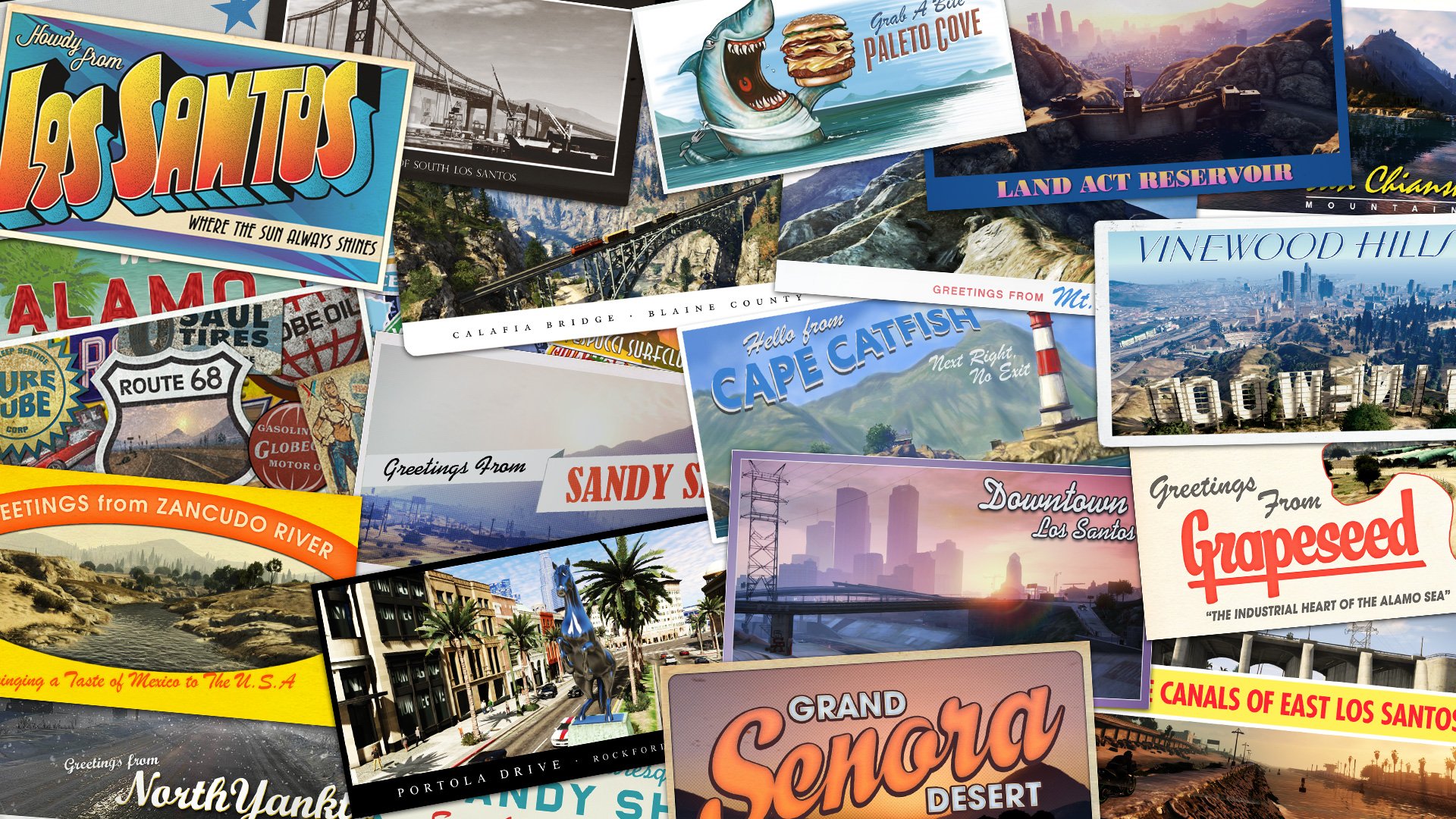 ^Bottom left  BOOOOOOOOOONEEEEEER! |
|
#30
|
||||
|
||||
|
Didn't think I was gonna read it all at first, But I did. Holy...!
Quote:
 LOL  |
 |
|
|